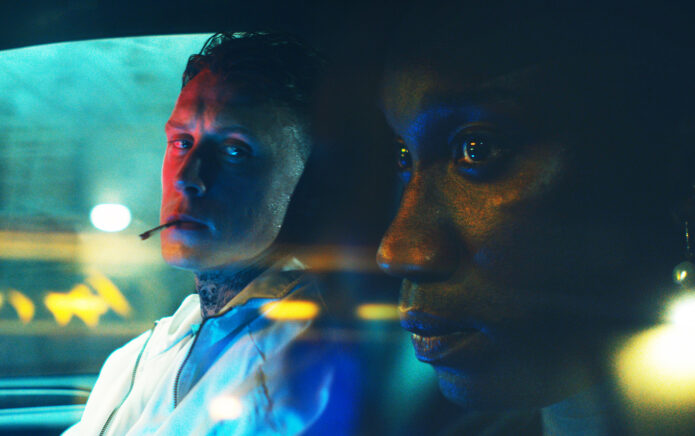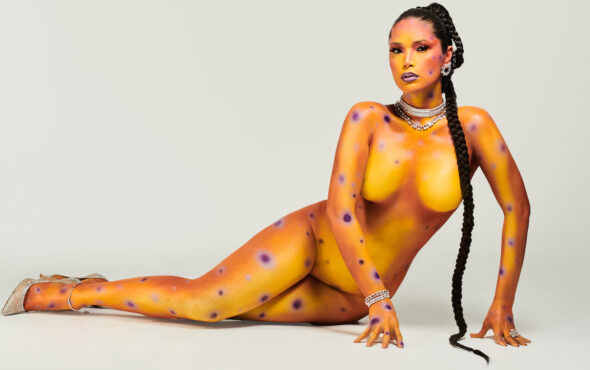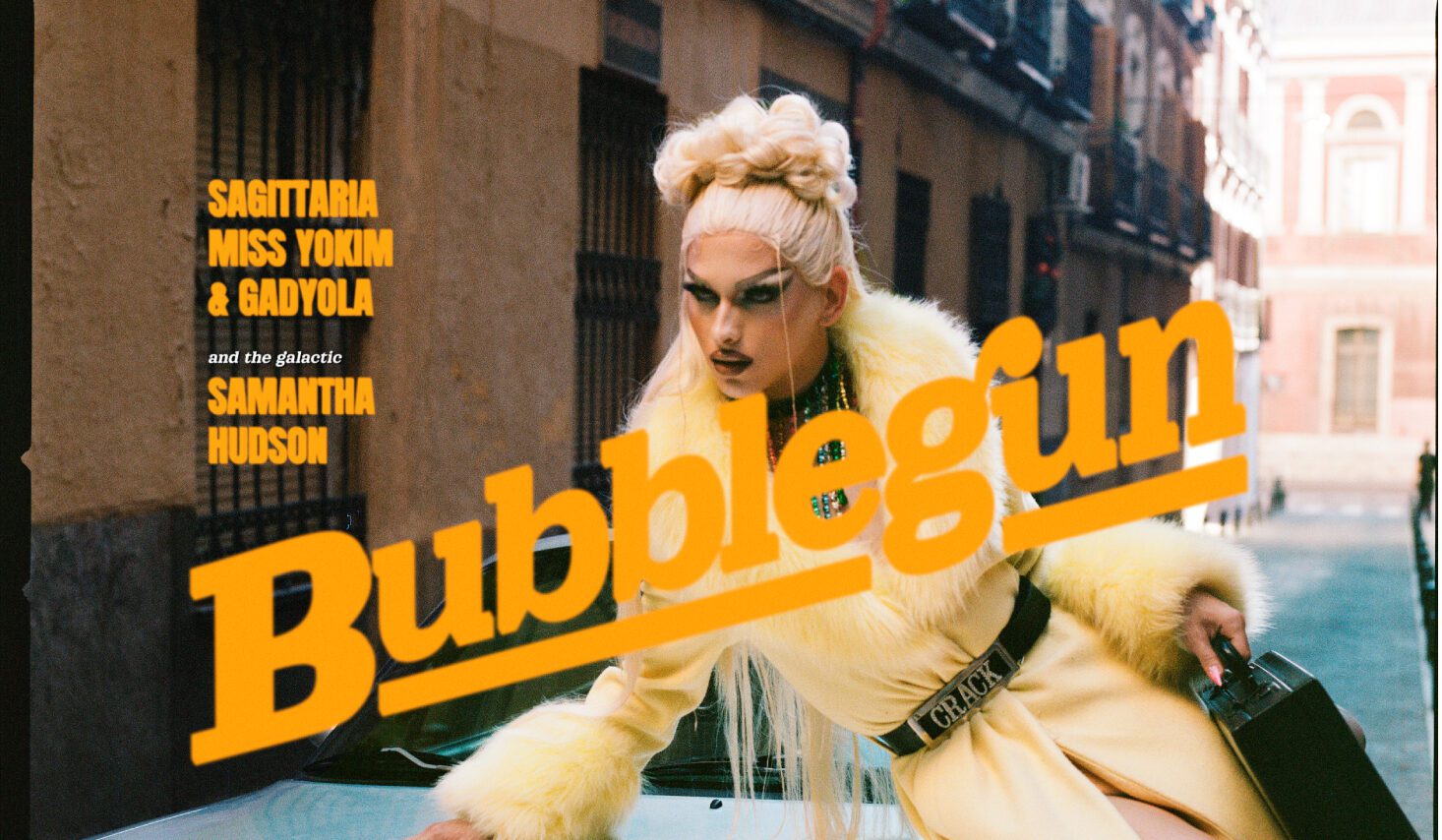
In this comic-inspired, glamorous fantasy, three drag queens decided that the best way to get some quick cash was dealing with some mobsters and taking their money. In this tale, all you can see on the comic strips are wigs, lots of sequins, makeup, and a bad bitch attitude that reins over the villainess and, surprisingly, also over the alleged superheroine. In this case, they are not much worried about world peace, but about getting some cash. It is worth waiting for the plot twist.
On a more serious note, if you happen to google people that have been excommunicated from the Catholic Church throughout history you will come across a list with well-known names such as the likes of Martin Luther, together with less known aristocrats from some centuries ago. Alongside these historical names you will also find the name of Samantha Hudson, who some years ago upset the Catholic Church in Mallorca, Spain with a parody music video entitled Maricón [Spanish for ‘fag’] that was her high school project.
“Samantha Hudson is a faggot turned woman and a woman turned trash. It started out as an innocent project for a high school job and has turned into another extension of myself. Samantha is my baby, a baby built on obscenity, rudeness, and very little shame,” she explains to us.
She was invited to participate in the TV series Veneno and Drag Race España, the two biggest productions in Spain when it comes to LGTBQ+ television. When asked where else she wants her career to take her, she answers: “My main goal is to get to the Vatican and become the first transvestite pope in history.”
We are heading to a new world in which classifying drag queens as fashion, pageant or comedy queens is becoming obsolete. A fan-favourite to be cast in the upcoming second season of Drag Race España, Gadyola was born in Peru and migrated to Spain when she was 10 years old. “[As drag queens] we do a very organic activism because we are not in the Parliament, we are in the streets. We are in art centres, museums, galleries, and we are doing things to change the mindset of the most conservative, homophobic and racist people.”
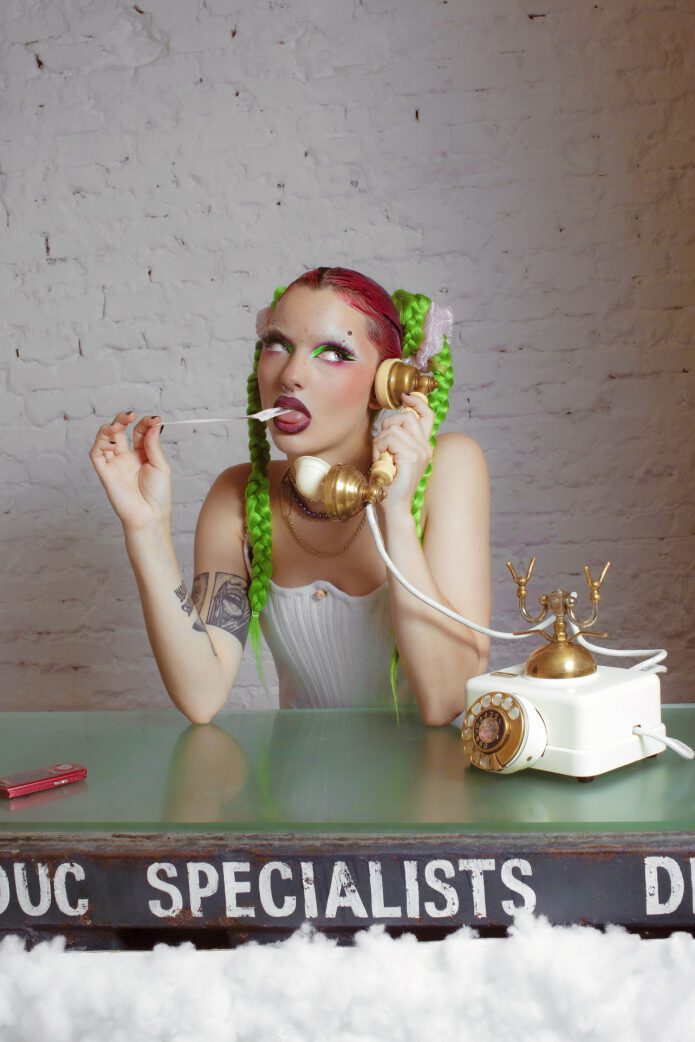
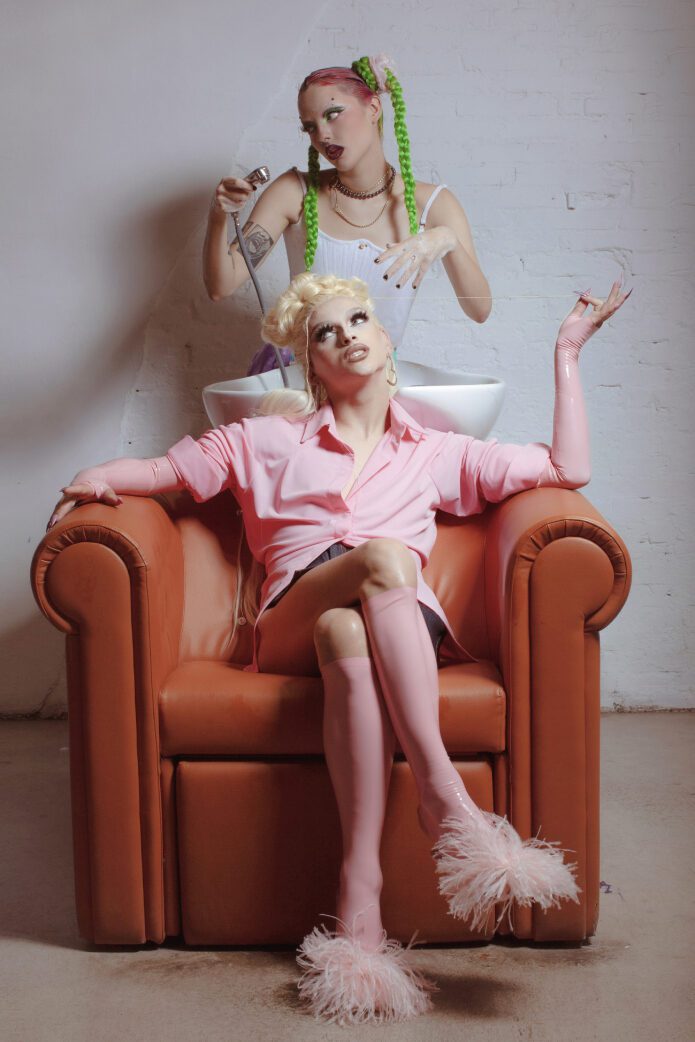
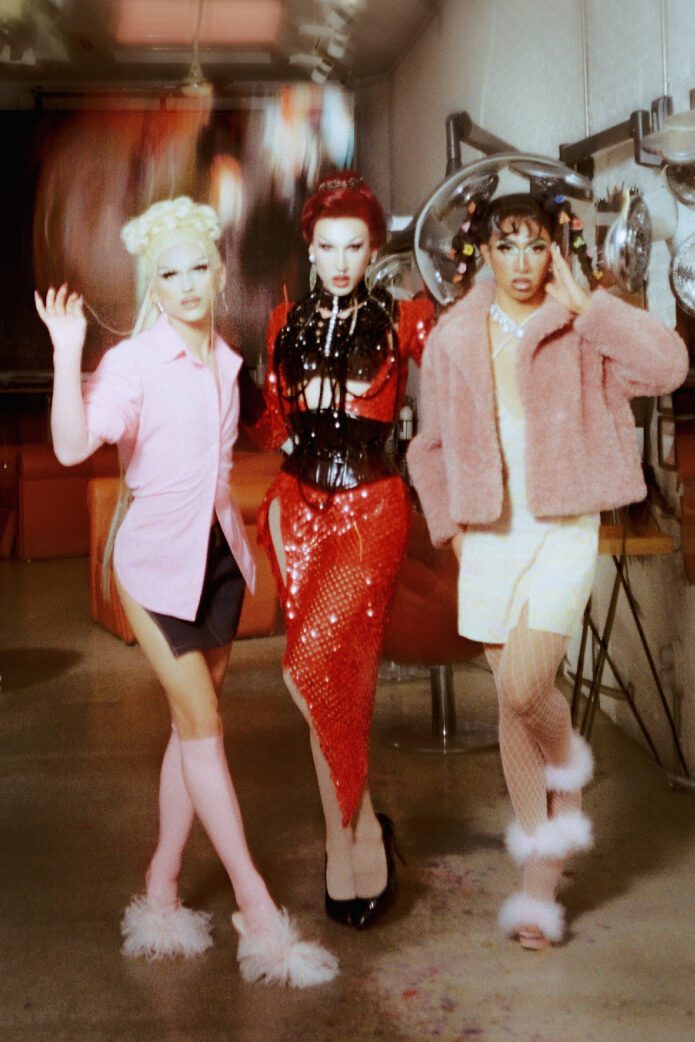
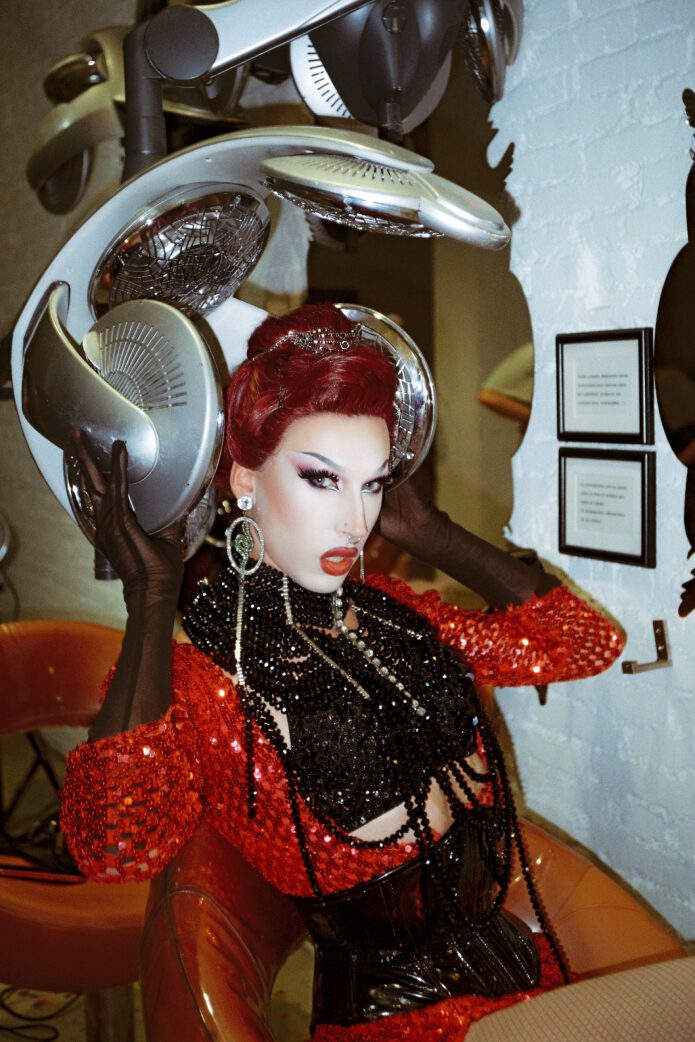
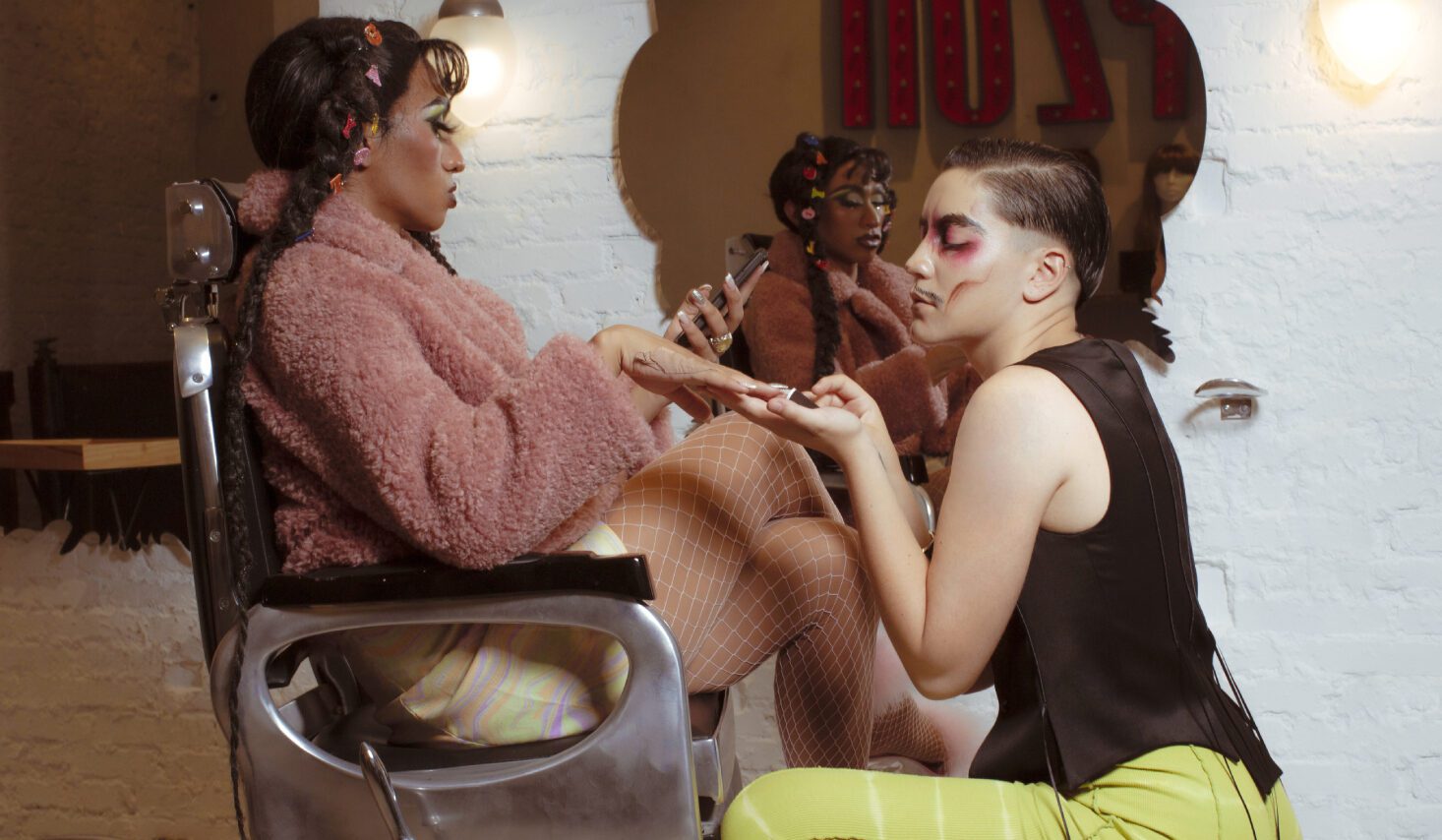
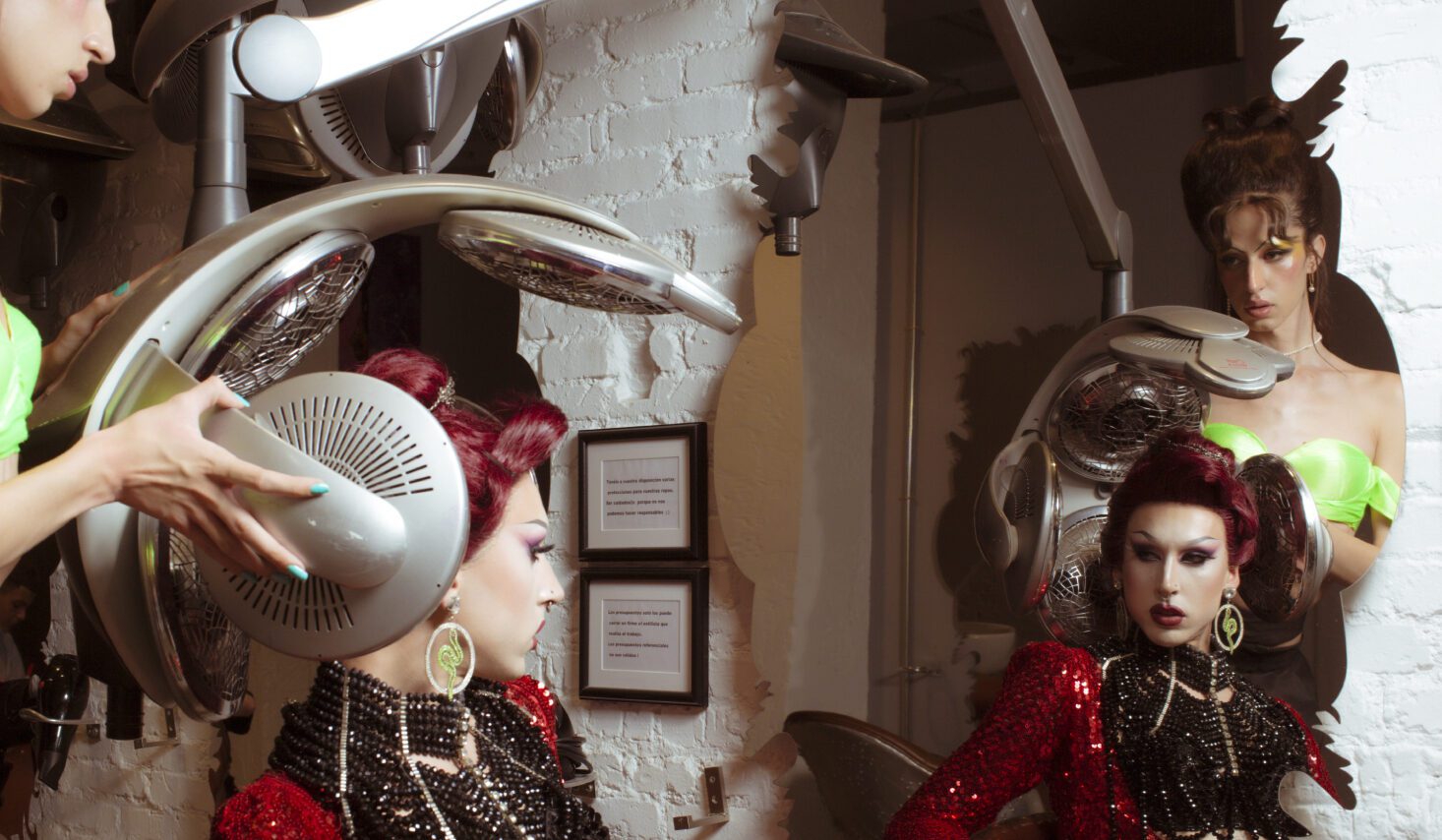
To Gadyola, it’s her claim that sets her apart: “I’m an anti-racist drag queen. The work I do with my drag is thinking over the history of migration here in Spain and combining it with anti-racism, and everything that drag entails such as comedy or for vindictive purposes.”
She is one of the members of Casa Drag Latina, a drag house founded by Nativa, a Mexican queen who lives in Spain and, due to the lack of space and opportunities for Latin American migrants, decided to create a house which currently has drag artists from Ecuador, Brazil and Peru.
Their goal is to boost both the voice and the Latin aesthetic in Madrid’s nightlife. They have already held parties, artistic gigs, exhibitions and also two theatre performances “in which each one of us expresses our voice as a sexual dissident migrant here in Spain”.
Now surfing the crest of the wave after her striking trajectory on Drag Race España, Sagittaria is enjoying public recognition while touring around Spain with the other contestants. “Dealing with people has been very cool. At the meet and greet, for example, we thought that few people were going to come, but there were a lot of people, they were very excited and some of them were very nervous too.”
She reveals to us how she was betrayed by nerves at times, but still she is happy with her trajectory. “In some challenges I got a little carried away by nerves, I could have given a little more of myself in some challenges. But I’m very happy with what I’ve done in the show.”
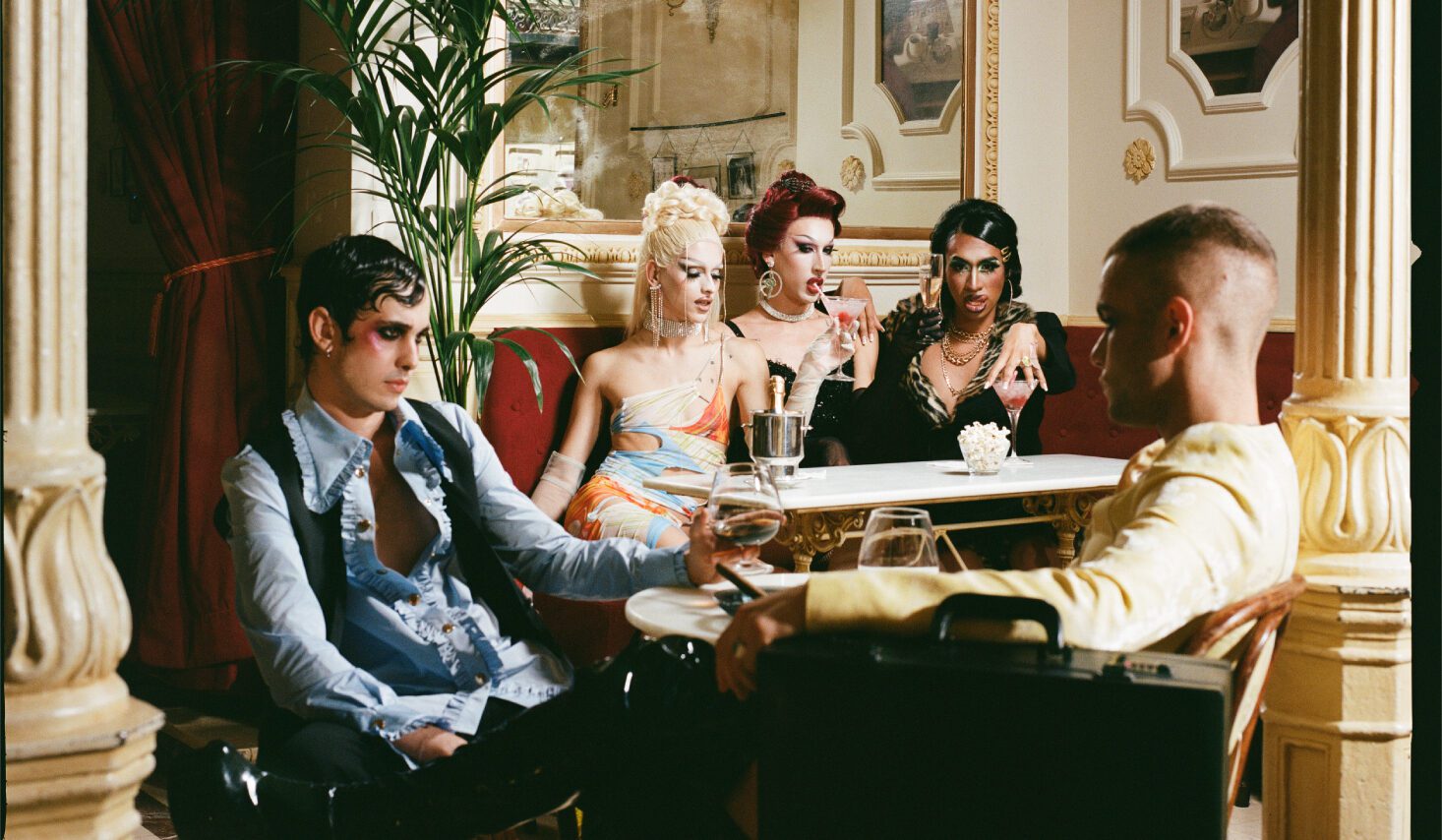
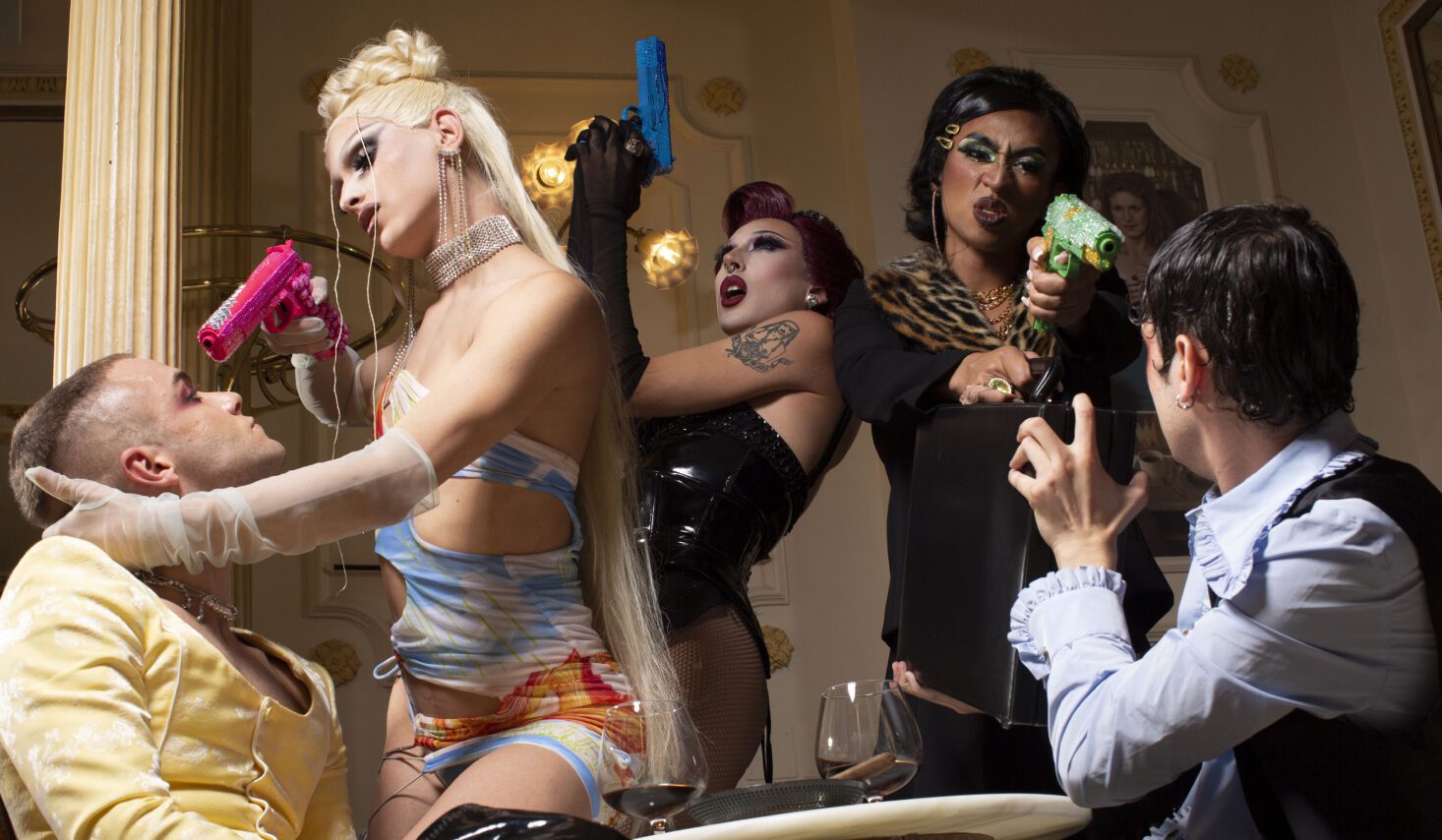
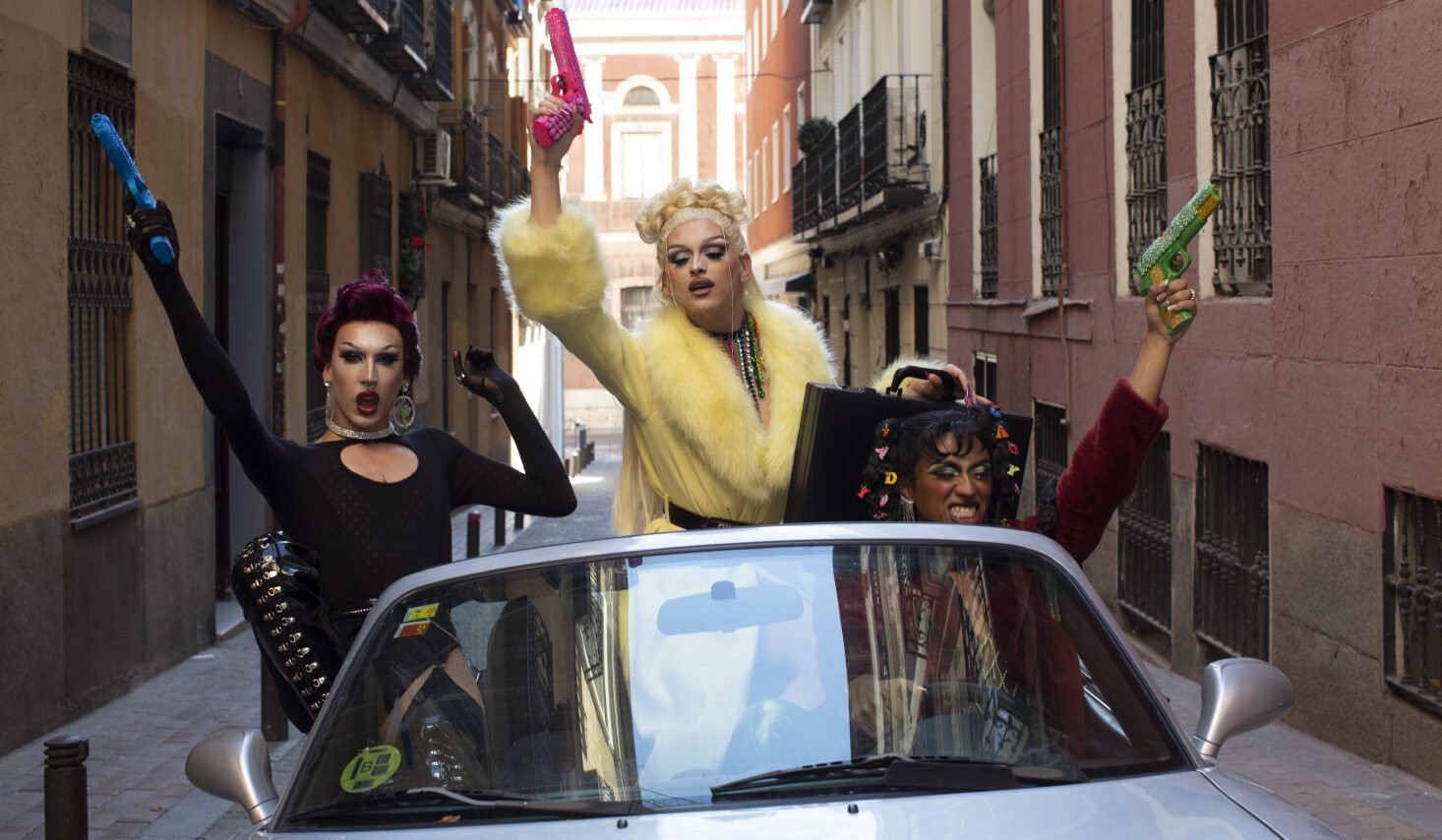
The runner-up of the Spanish version of RuPaul’s Drag Race affirms that the role of a drag performer is “to report, to make people have a good time and to forget a little about their life dramas and mainly to make people think. The important thing is not whom we kiss, but to respect each other.” She adds: “The current drag scene is very varied. There are many different styles of drag in Spain.”
The great popularity drag has experienced since the release of Drag Race has generated an expansion of the understanding of this artistic expression as much as it has expanded the varied ways in which drag can be done. Miss Yokim is a non-binary drag queen. She introduces herself as “an activist and transgressive drag”.
Although she was born in Bilbao, she developed her entire drag career in Barcelona. “Although it has been six years since I first started doing drag, I have always had this gothic aesthetic. I have always considered myself drag and have always had a very drag aesthetic. My drag is the result of an evolution of all these years.”
Miss Yokim explains to us that a more conceptual kind of drag is living its best moment. “I see that the drag thing is in high demand, especially in the conceptual themes, which is the area I pay more attention to. It has a concept behind it, an inspiration from something that is not so common. The essence of drag has always endured over the years, which is to break with the aesthetics and normativity of the gender.”
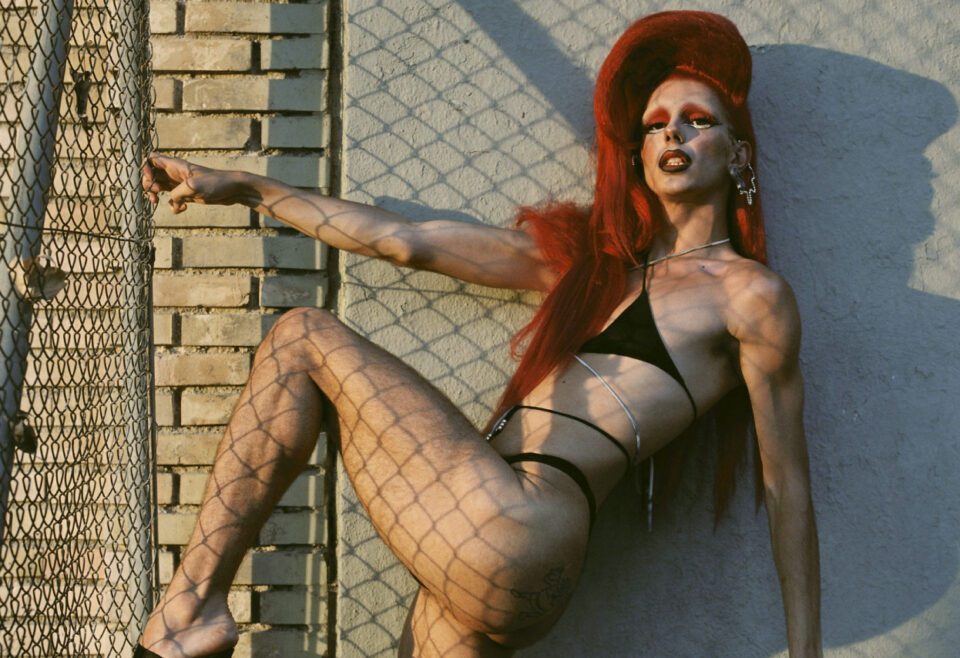
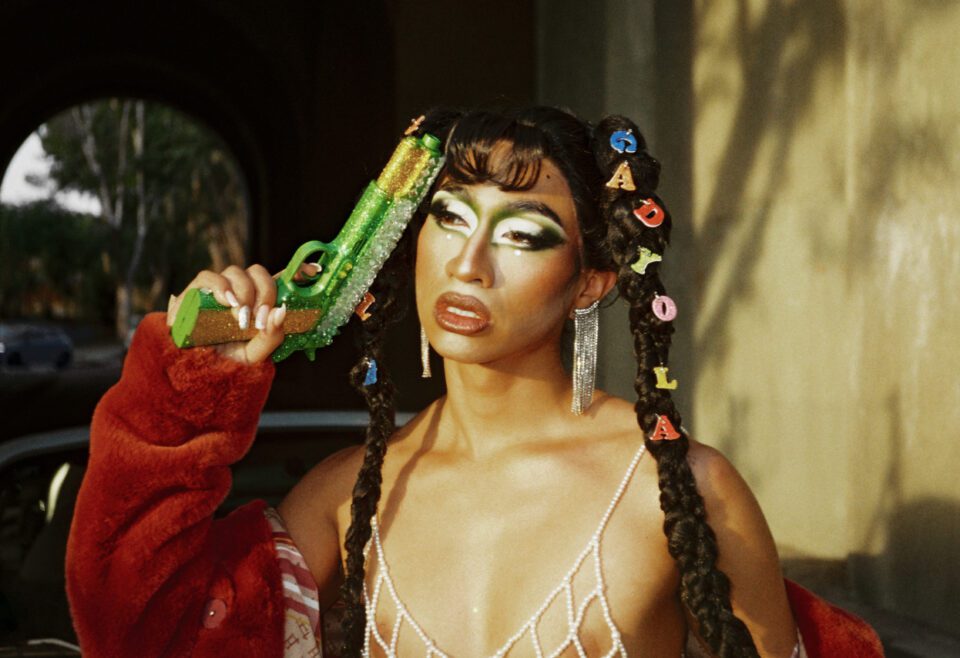
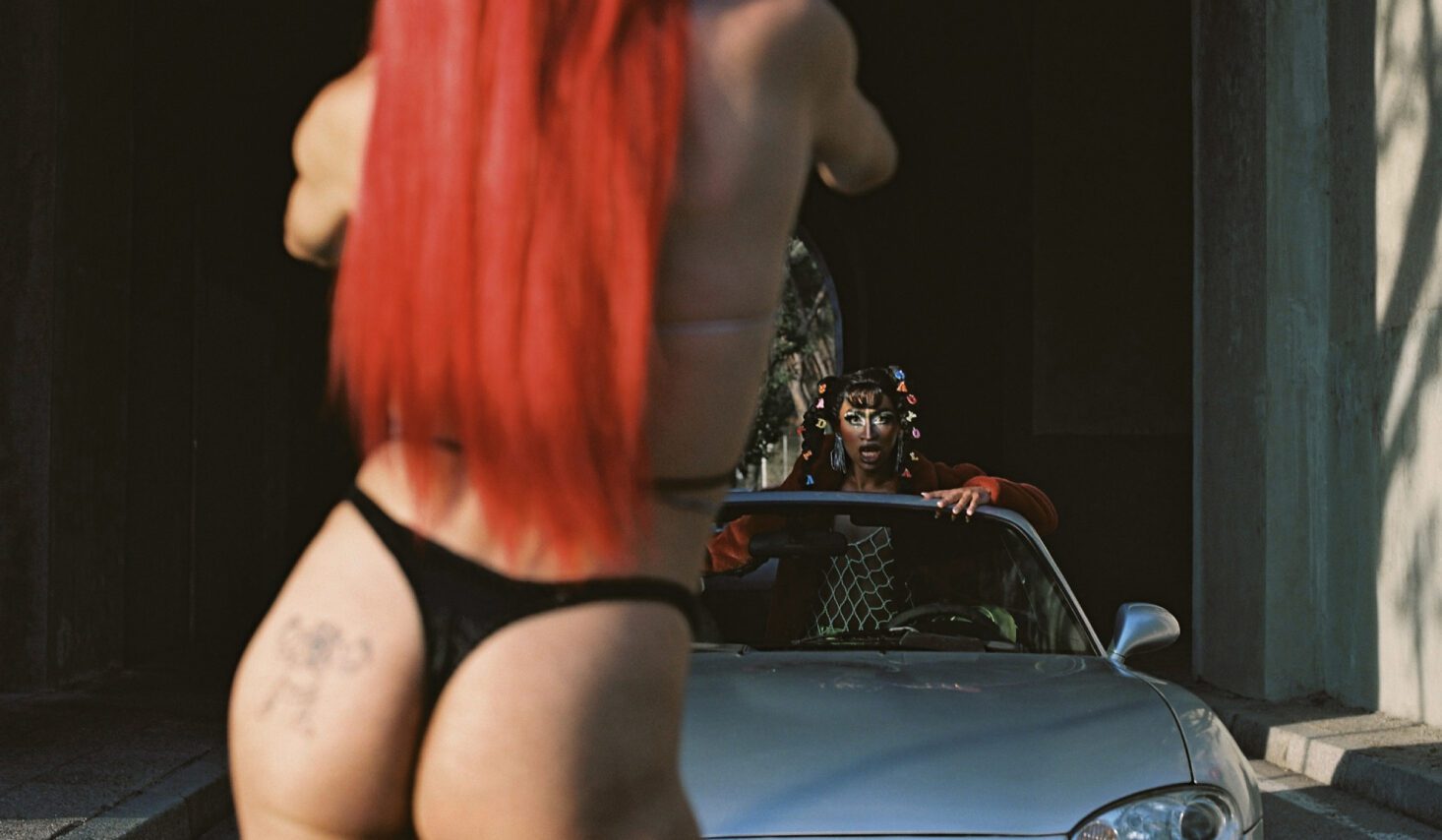
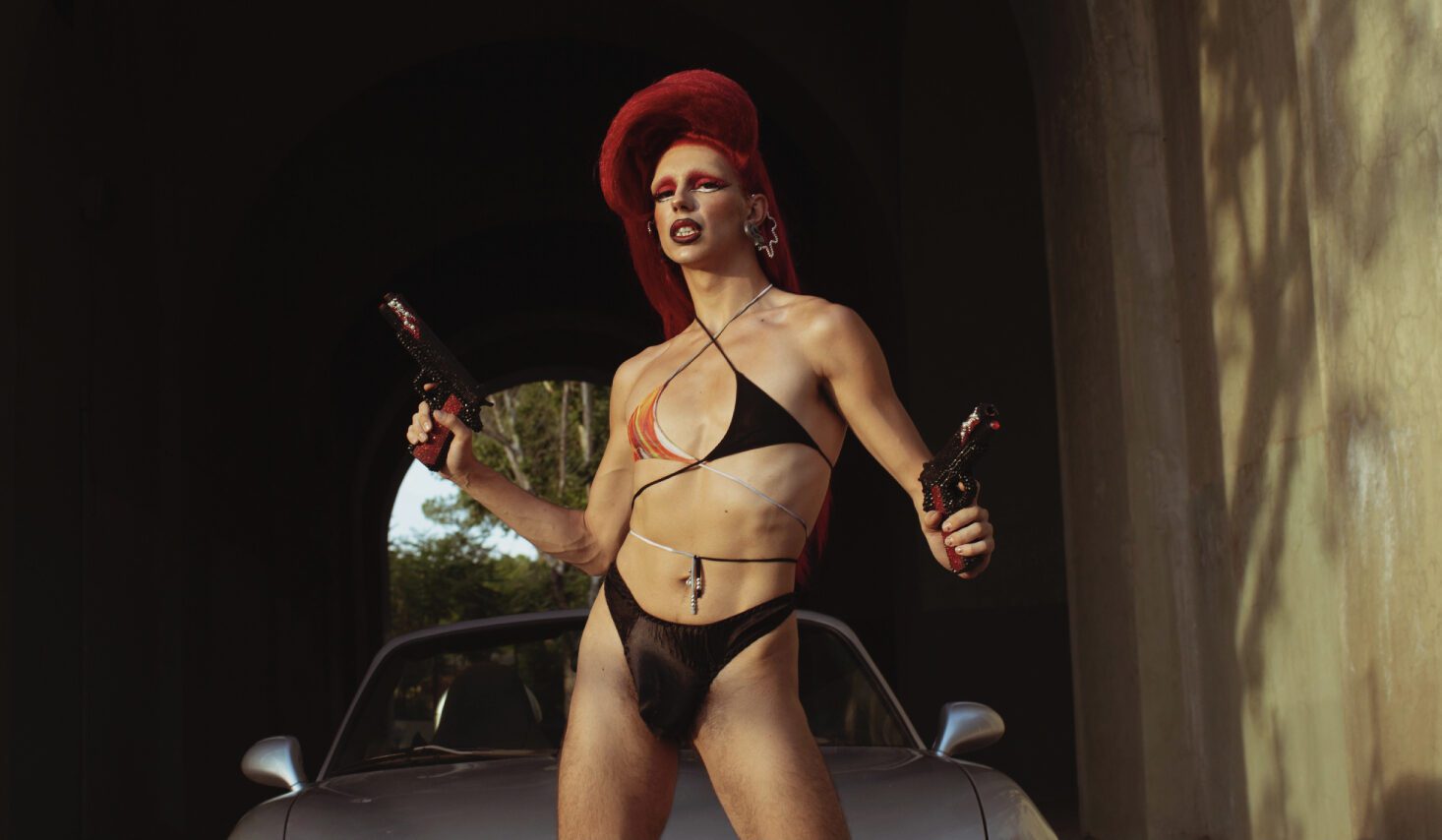
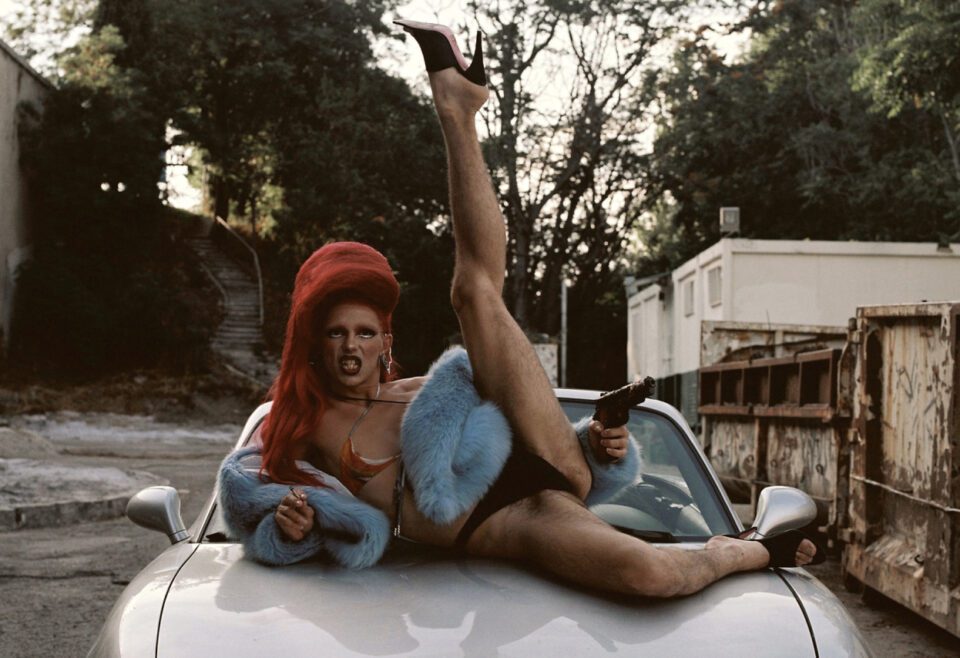
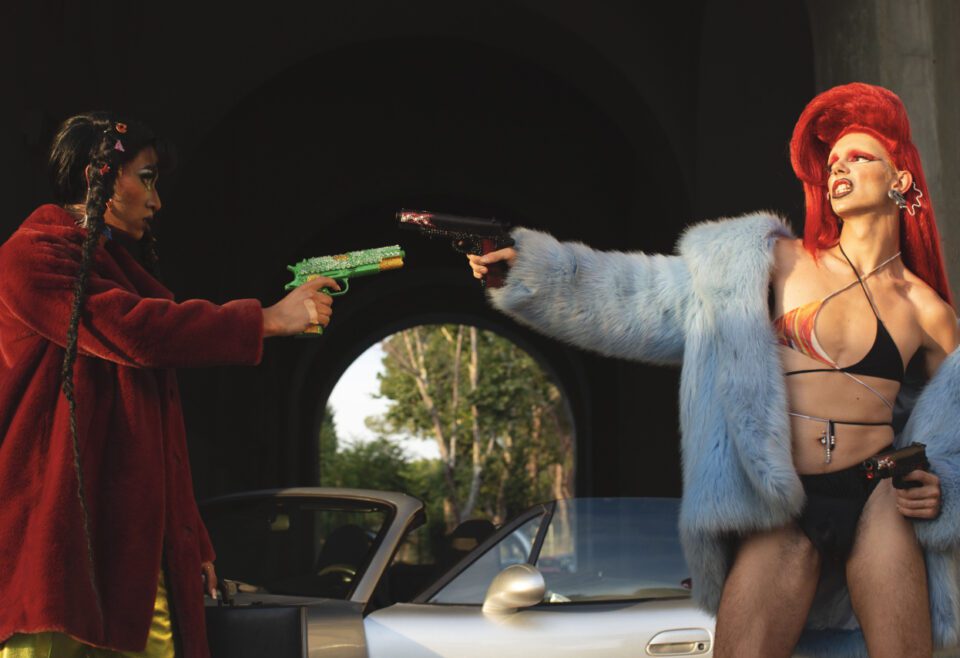
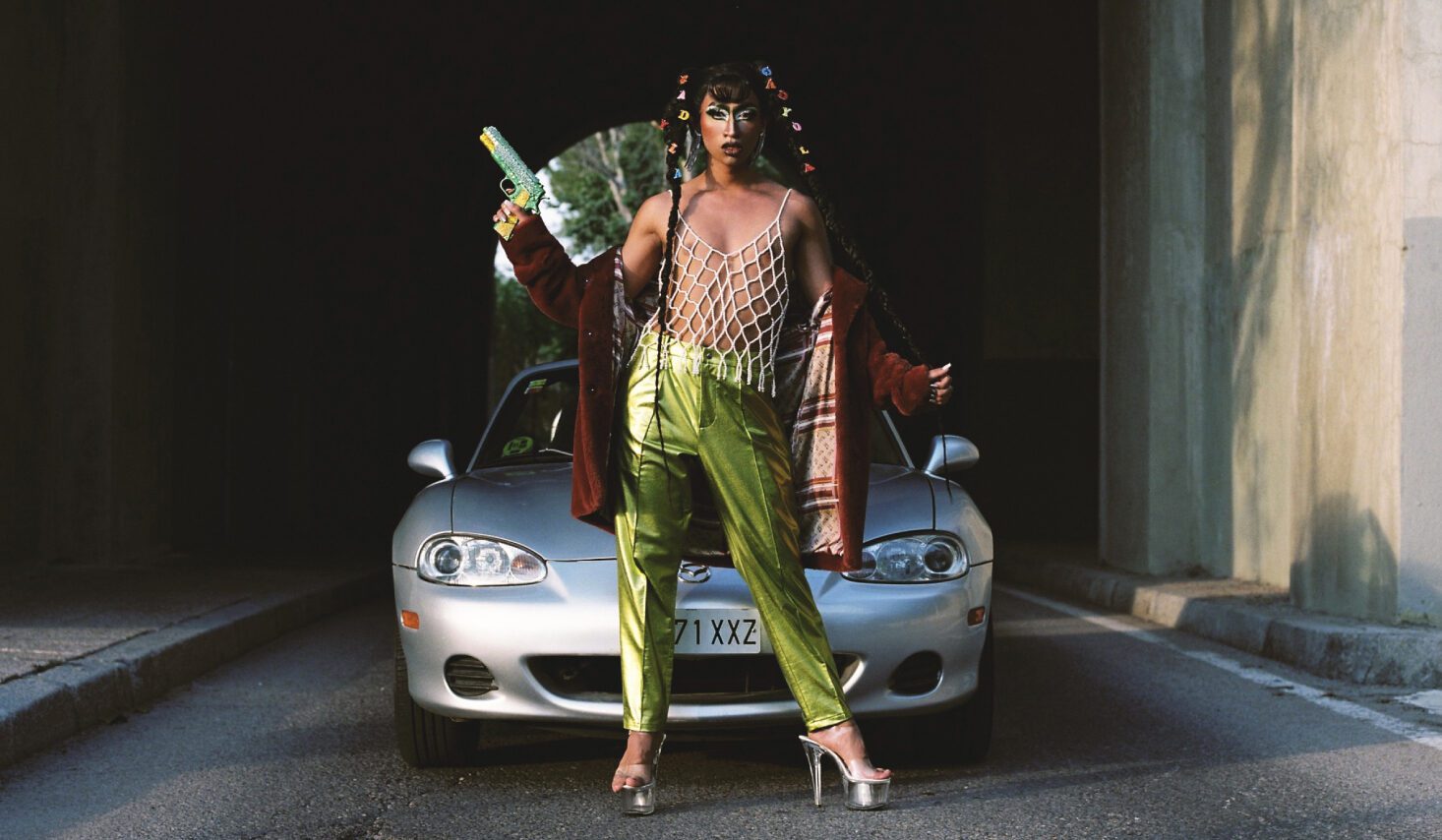
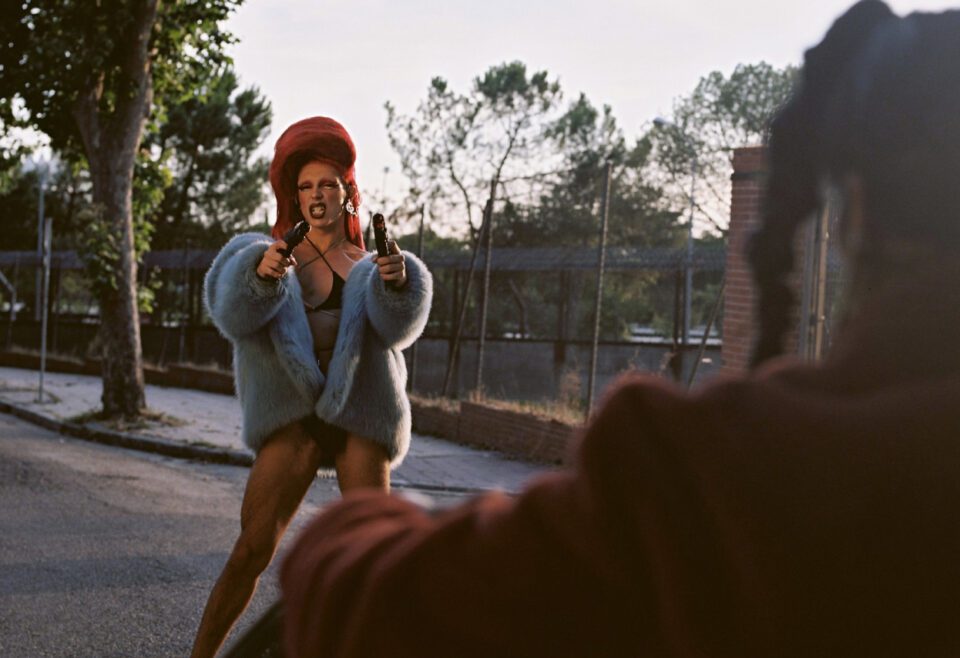
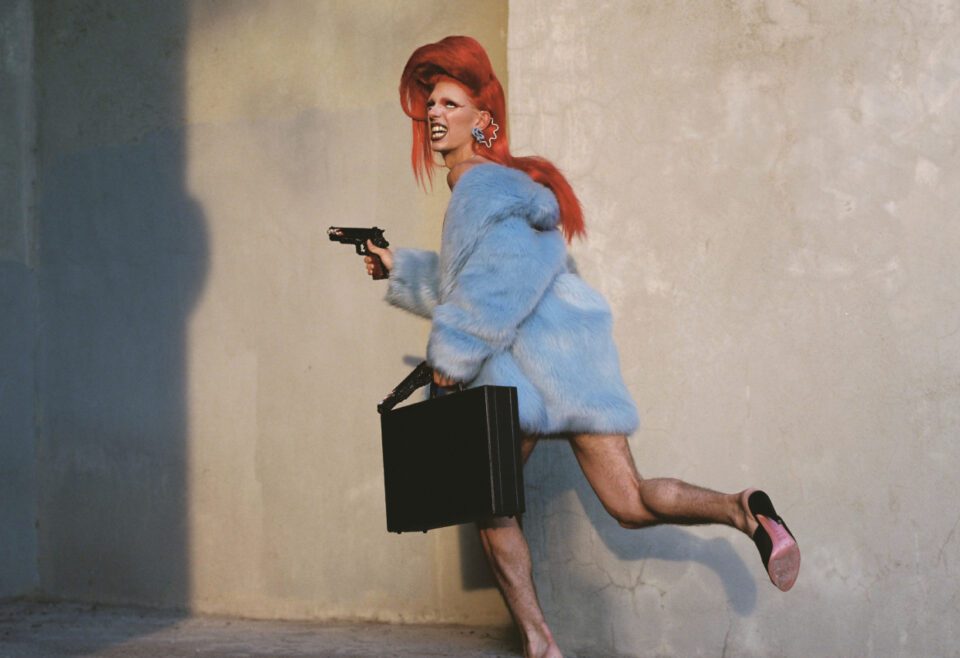
HAIRDRESSERS:
Fabskum: top Alejandre
Sagittaria: shirt Pepa Salazar, skirt Crack Studio, gloves and stockings both Coco Latex and shoes Angradema
Gadyola: dress Pull & Bear, necklace Bimba y Lola and coat Herno
Constanza: top Palomo Spain and pants Pull&Bear
Dana: top Paloma Suarez and skirt Alejandre
CAFÉ:
Sagittaria: dress Crack Studio, shoes Angradema and vintage jewelry
Miss Yokim: skirt Alejandre
Gadyola: total look Georges Rech
Pelayo: shirt Palomo Spain and suit Dolce & Gabbana
Noloma: top Palomo Spain and necklace Biis
CAR:
Miss Yokim: total look Alejandre
Sagittaria : coat TopShop, necklace Bimba y Lola and belt Crack Studio
Gadyola: coat Herno and pants Paloma Suárez
Samantha Hudson: coat TopShop, high heels Prada, bikini and earrings both Crack Studio
